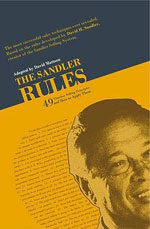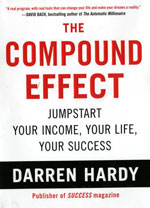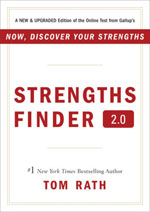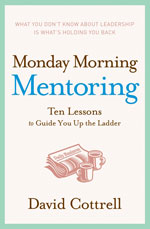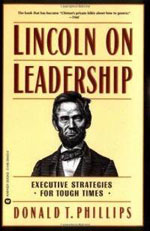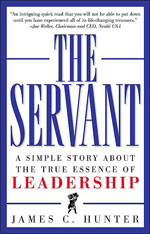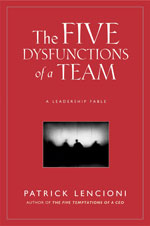 If there is one word I hate, it’s the word “maybe.” It’s such an awful word in sales and is not really even a good word to use in our personal lives. The word “maybe” is vague, indefinite, unsure, uncertain, nebulous, and, for those of us who make our living in sales, undecided and uncommitted. It’s just an outright awful word that we should strike from our vocabulary.
If there is one word I hate, it’s the word “maybe.” It’s such an awful word in sales and is not really even a good word to use in our personal lives. The word “maybe” is vague, indefinite, unsure, uncertain, nebulous, and, for those of us who make our living in sales, undecided and uncommitted. It’s just an outright awful word that we should strike from our vocabulary.
You see, when we live in the “maybes” of life, we are stuck. We are living in what a good friend of mine calls “Hope-pa-Hope-pa Land.” Maybe means we are not moving toward what is directly in front of us, and we are also not moving toward anything else. Maybe always and only means we are moving backward.
Like many of you, one of the things I feared early in my career was being told “no.” I would take it personally, and it would affect my self-worth—when prospects would say “no” to my product, I heard them saying “no” to me. During a sales call, if I sensed that it wasn’t going well, I would go for the “maybe” to avoid rejection and ease the pain. My interpretation was that the “maybe” just meant “not right now,” and I would convince myself that I would eventually convince them to buy. This technique protected my ego, but it also negatively impacted my sales success.
Without a doubt, the best answer in sales is always an immediate “yes.”
But many salespeople think “maybe” is the second-best answer since this means the prospect might buy sometime in the future. Unfortunately, “sometime in the future” usually turns into never. Let’s face it: our potential buyers are people—and often very nice people. They don’t want the salesperson to take a “no” answer personally. So when a salesperson gets a “maybe,” it is almost always a stall tactic given out of a lack of courage by the prospect to say “no.”
After 15 years of sales experience and many successes and defeats, I would much rather get a quick “no” than the horrible “maybe.” You see, when you get a “no,” it allows you stop wasting your time with a prospect that does not plan to buy from you. I can’t tell you how many times early in my career I would get a “maybe” and end up spending months chasing my prospect while he or she was continuously dodging me.
I’ve heard that a successful salesperson is “professionally persistent.”
Persistence is good when you are unyielding in the right areas. When you are adamant about finding prospects with enough pain, enough money, and enough decision-making authority to buy your products, you will be operating in the sweet spot! A sales rep that can’t go for the “no” ends up spending his or her time sending followup emails and leaving numerous voicemails that never get returned.
You see, when we go for the “no” instead of the “maybe,” it allows us to move on and allocate our time to finding good customers instead of focusing on prospects that will never buy from us. This does not mean we forget about these prospects. Add them to your CRM (Customer Relationship Management) system and occasionally call on them, watching for when they have enough need and money to buy your product.
Successful salespeople do not accept “maybe.”
A “no” is fine.
A “yes” is great.
But a “maybe” is just unacceptable.
So, in summary, to maximize your sales effectiveness, follow these steps:
- Find the prospects that have pain and need your product.
- Find prospects that have money to buy your product.
- Make sure these prospects have the decision-making authority to buy your product.
- And, most important, go for the “no” rather than a slow, destructive “maybe.”
In conclusion, the most detrimental part of “maybes” is that there is emotional energy tied up in any unmade decision, and you cannot accomplish great sales success with “kind of,” “sort of,” or “maybe” in your pipeline. The unyielding “maybes” in your pipeline wear on you and take the fun out of sales. Make a decision today to not live in the “maybe” realm—go for the “No!” Choose not to live in “Hope-pa-Hope-pa” Land!








